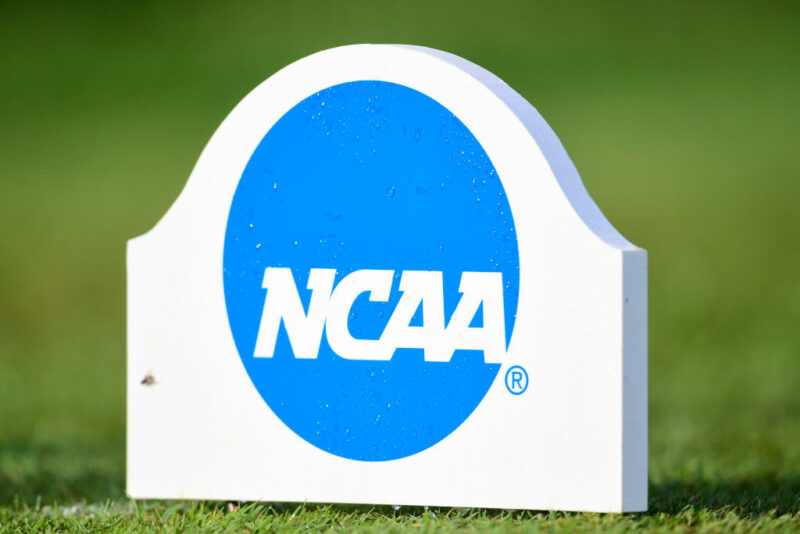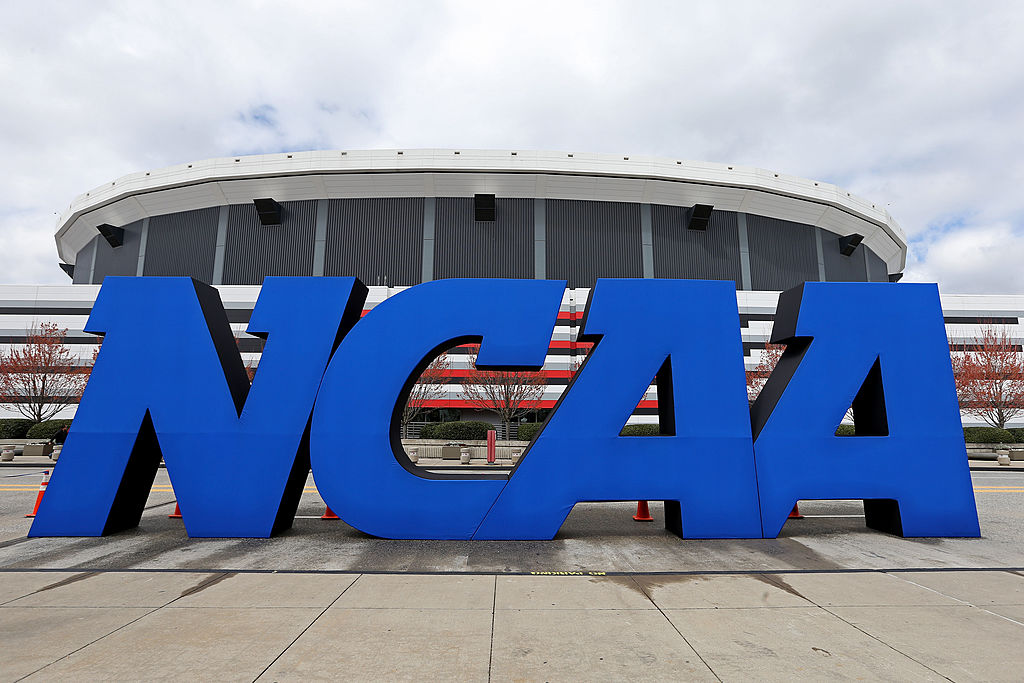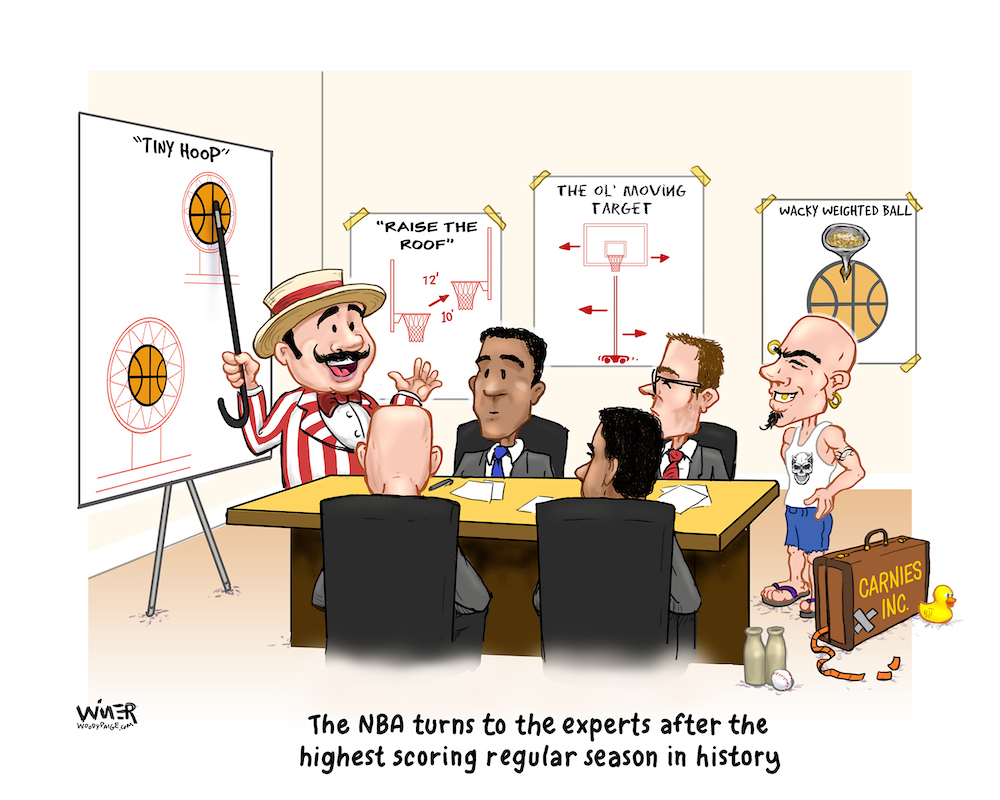
@MarkKnudson41
The NCAA – and everyone associated with it at the governance level – continues to make big changes in very small increments.
Most of the changes have been forced upon them by the courts, where the NCAA has lost a number of significant cases since 2016, each of which continues to help facilitate changes that favor the student-athlete regarding the way revenues are distributed.
The most recent change involves the elimination of National Letters of Intent (NLI…not to be confused with NIL.) For 60 years, “National Signing Day” and the countdown to it has always been a big deal, especially in football and basketball. It’s the day coaches park themselves by their fax machines and wait to get a “commitment” letter from high school, junior college and eligible transfer student-athletes stating they are indeed coming to play for good ‘ol State U (at least for one school year.)
Recruiting classes and the “rankings” that go along it have become an industry within the industry.
This and other significant changes are currently on hold, awaiting approval of yet another court settlement scheduled to be hashed out by next April. So this year’s Letter of Intent dates won’t be effected, but will very likely be the final go ‘round.
But fear not, recruiting junkies, even though the Letters of Intent themselves are disappearing, that alone will not change anything…provided no other legal bombshells are dropped before then…and you really can’t count on that. This stuff tends to change rapidly.
Since being brought into existence in 1964, NLI’s have always been pretty much administrative in nature. They’ve never been THE document that secured a player’s financial aid from a particular school. Incoming student athletes still had to sign financial aid forms and become enrolled in a particular school in order to become a member of the team. Schools are still going to require a signature that secures athlete to school – at least until they decide to enter the Transfer Portal. Because that will continue to be an option as of now as well.
While this well publicized change gets attention, the NCAA – working with the courts of course – could instead take a much more meaningful step that would immediately provide both sides – players and schools – some badly needed stability.
What the NCAA needs to do is replace NLI with an actual signed contract between school/program and student-athlete. Yes, professional sports-style. This is where things are ultimately going to end up anyway, as soon as the student athletes decide to band together for collective bargaining purposes. Yes, what was first flirted with at Northwestern University a decade ago will ultimately end up happening.
Because of what has and has not happened since then, aided by the NCAA’s foot dragging responses, will ultimately benefit both sides. It will also benefit the fans, who have already grown weary of tumultuous roster turnover every summer, with players transferring schools multiple times. A contract will be just that – a deal between both parties, binding the player to the program he decides to sign out of high school, for the duration of his college career, securing his or her “salary” as an employee of the school for that same period. It will make transferring rare – much more like trades between programs than it is now, with unfettered free agency for every player every year. It will be up to the student-athletes to make the right decision about where they want to sign immediately out of high school.
When this all becomes the law, these kids will also begin being treated like employees, including paying significant income taxes on what used to be a tax free college scholarship.
This is what so many have been fighting so hard for, and slowly but surely it’s becoming the new reality.
Welcome to adulthood, 17-year-olds.



















Well said